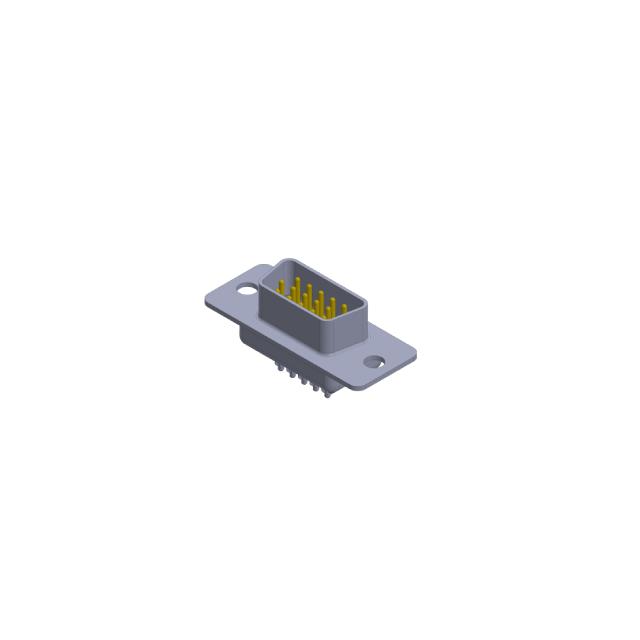

| Part number: | 8026-07P-0611-20 |
|---|---|
| Product classification: | D-Sub Connector Assemblies |
| Manufacturer: | E Connector Solutions |
| description: | High Density, 2 |
| Encapsulation: | - |
| Packing: | Tray |
| Quantity: | 100 |
| RoHS: | |
Quantity
Price
Total price
100
$8.8800
$888.0000


| TYPE | DESCRIPTION |
| Mfr | E Connector Solutions |
| Series | 8000 |
| Package | Tray |
| Product Status | ACTIVE |
| Features | Grounding Indents |
| Connector Type | Plug, Male Pins |
| Contact Finish | Gold |
| Color | Black |
| Voltage Rating | 250V |
| Current Rating (Amps) | 5A |
| Mounting Type | Free Hanging (In-Line) |
| Number of Positions | 26 |
| Number of Rows | 3 |
| Operating Temperature | -55°C ~ 125°C |
| Contact Type | Signal |
| Flange Feature | Mating Side (4-40) |
| Termination | Solder Cup |
| Connector Style | D-Sub, High Density |
| Contact Finish Thickness | 15.0µin (0.38µm) |
| Material Flammability Rating | UL94 V-0 |
| Dielectric Material | Polyamide (PA6T), Nylon 6T, Glass Filled |
| Shell Material, Finish | Steel, Tin Plated |
| Contact Material | Phosphor Bronze |
| Shell Size, Connector Layout | 2 (DA, A) High Density |
| Primary Material | Metal |













